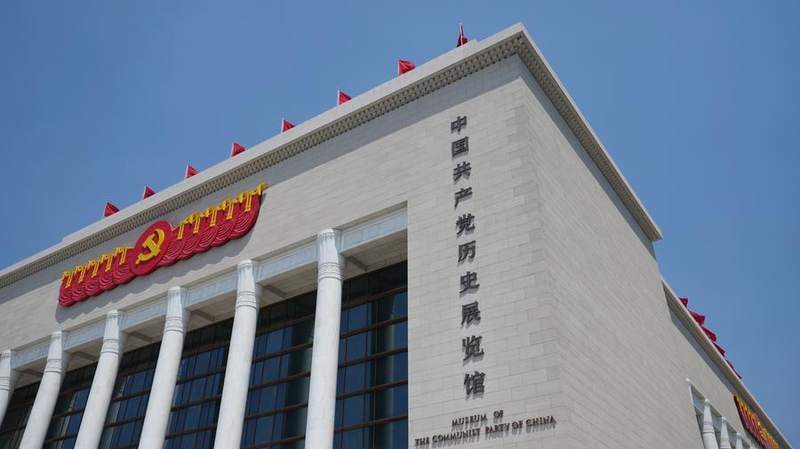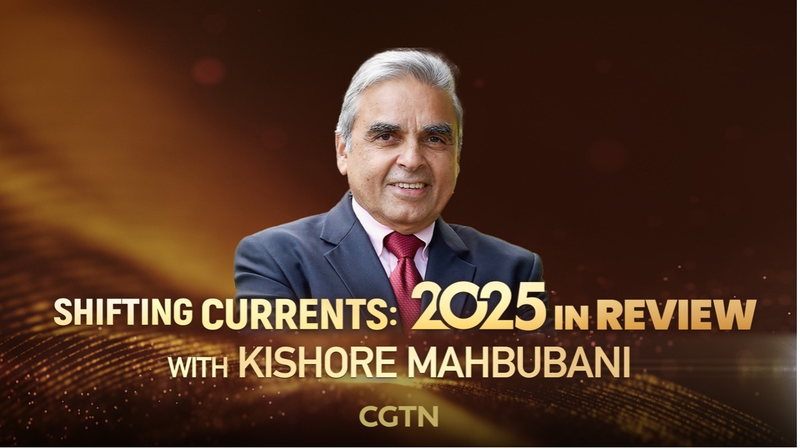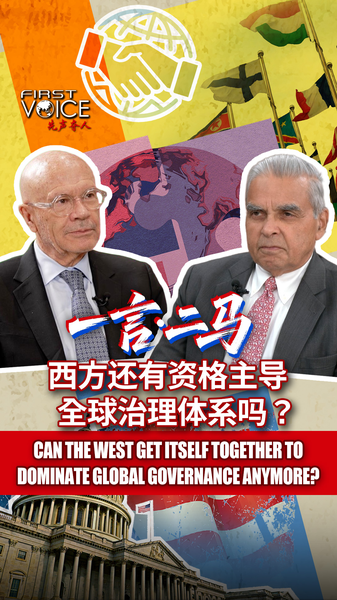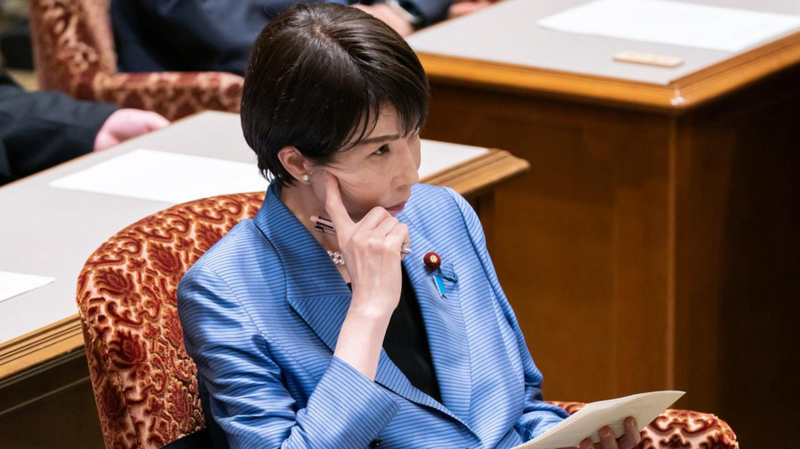On July 7, 1937, the first shots at Lugou Bridge in suburban Beijing ignited China’s nationwide resistance against Japanese aggression, raising a crucial question: who could unite 400 million people?
History’s answer was clear: the Communist Party of China (CPC). Through three intertwined dimensions—political line, theoretical innovation, and battlefield strategy—the CPC provided the strategic pivot that shaped the course of the War of Resistance Against Japanese Aggression and offered lessons for today’s global challenges.
Political Line Leadership
In August 1937, the CPC’s Ten-Point Program called for a "comprehensive, nationwide war of resistance," mobilizing workers, farmers, urban dwellers, and the national bourgeoisie under the Anti-Japanese National United Front. By combining rent-and-interest reduction, democratic elections in base areas, and mutual-aid cooperatives, the CPC shattered the notion that war was just a soldier’s affair, empowering ordinary people to defend their homeland.
Theoretical Innovation
In 1938, Mao Zedong’s On Protracted War dissected China’s strengths and weaknesses against Japan, forecasting a drawn-out conflict leading to victory on China’s side. By outlining three stages (defensive, stalemate, counter-offensive) and blending mobile, guerrilla, and positional warfare, the work became a rallying cry across Chongqing, Shanghai’s "solitary island," and Chinese communities abroad.
Battlefield Strategy
As frontlines shifted, the Eighth Route Army and New Fourth Army operated behind enemy lines, planting anti-Japanese base areas across the Shanxi-Chahar-Hebei and Central China regions. These bases became sparks that ignited popular uprisings and disrupted Japanese supply lines, illustrating how grassroots resistance can reshape a war.
Today, these historic milestones remind us that visionary leadership, clear strategic thinking, and mass mobilization can turn adversity into collective strength—insights that resonate for global citizens tackling complex challenges today.
Reference(s):
Understanding the CPC's leading role in the War of Resistance
cgtn.com




